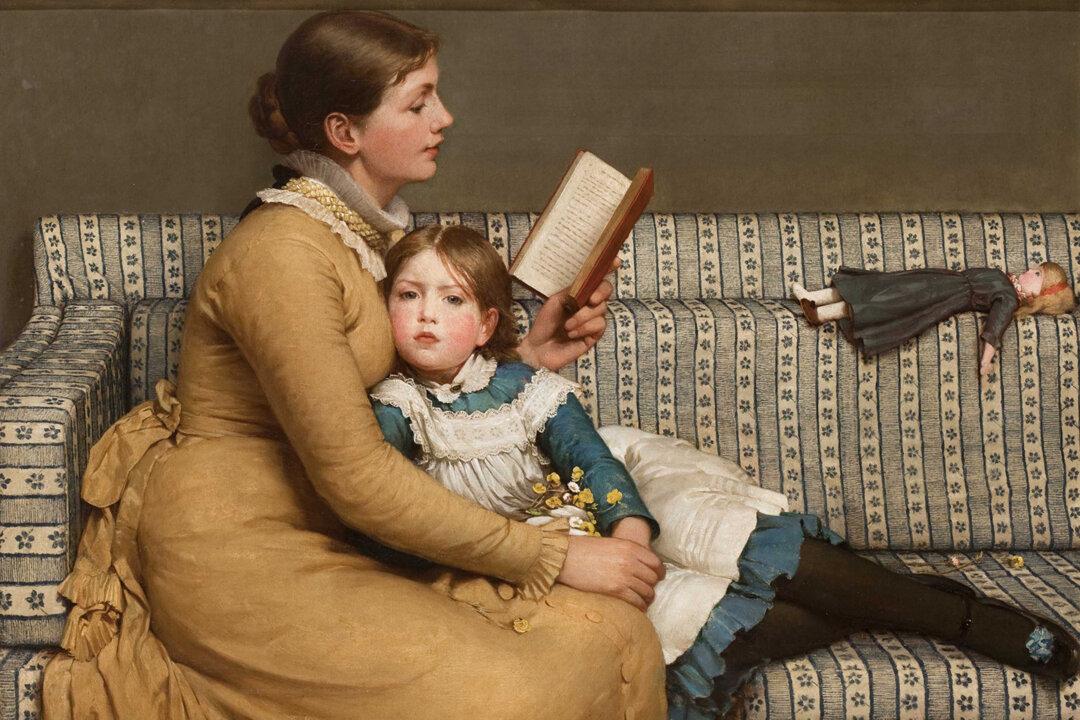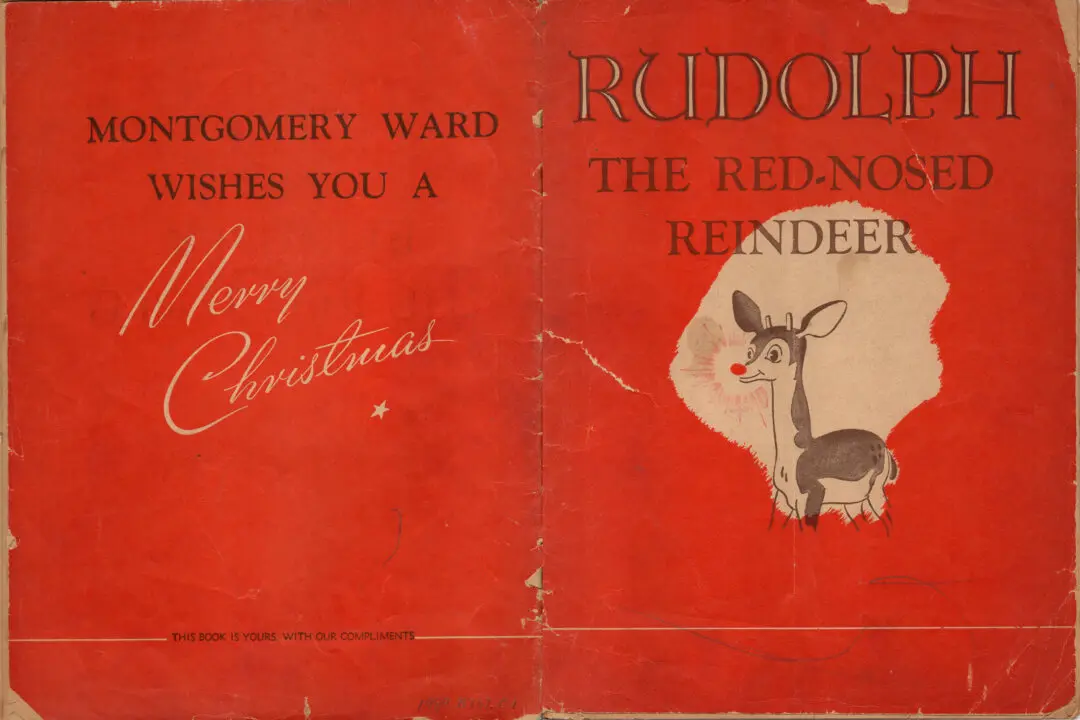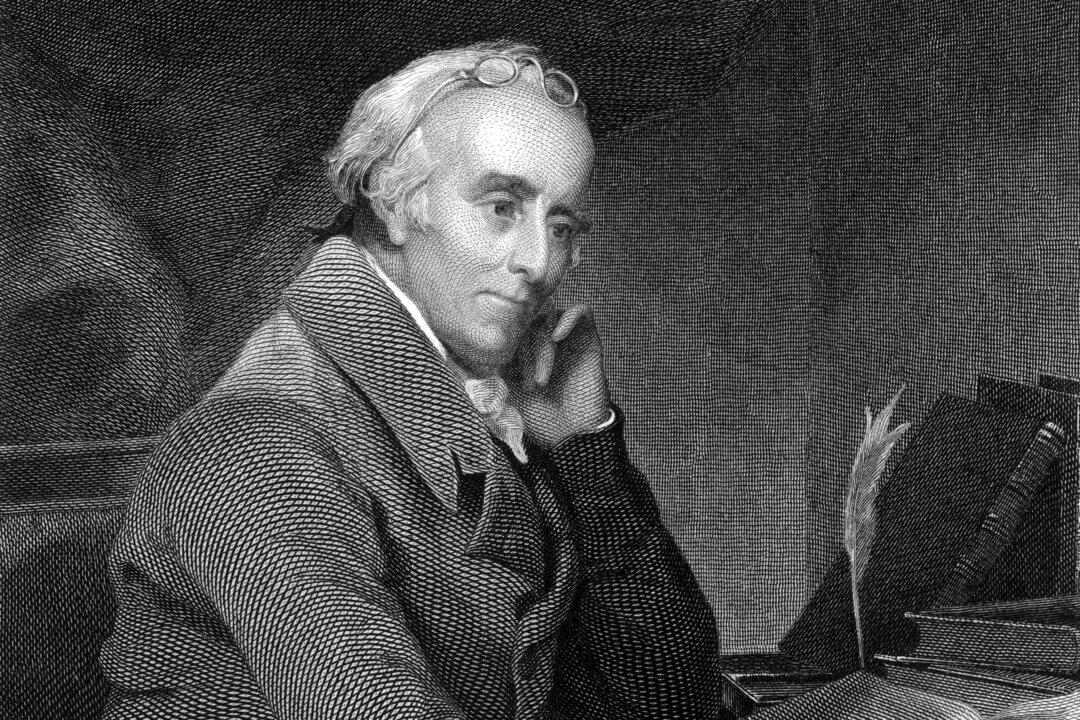“Talk to the Animals” from the 1967 film “Doctor Dolittle” won the Academy Award for Best Original Song. Here are the opening lyrics:
Oh, if I could talk to the animals, just imagine it Chatting with a chimp in chimpanzee Imagine talking to a tiger, chatting with a cheetah What a neat achievement it would be
Talking with animals may be an impossibility, but human beings down through history have certainly talked to animals. Hundreds of millions of pet owners around the globe do so every day, as when reprimanding their dog for snatching a hamburger from the kitchen table or talking to a kitten as if to a baby.Not only do we talk to animals, but we attribute to them human emotions and thoughts—another custom in play from the dawn of recorded history. We find this anthropomorphism in Genesis, when the snake hoodwinks Eve; in the ancient fables of Aesop and similar legends told by people around the world; and in tales where rabbits, crows, mice, tigers, and other beasts are endowed with human powers. This same holds true in the fairy tales of the last 500 years and in many of our contemporary children’s stories.






